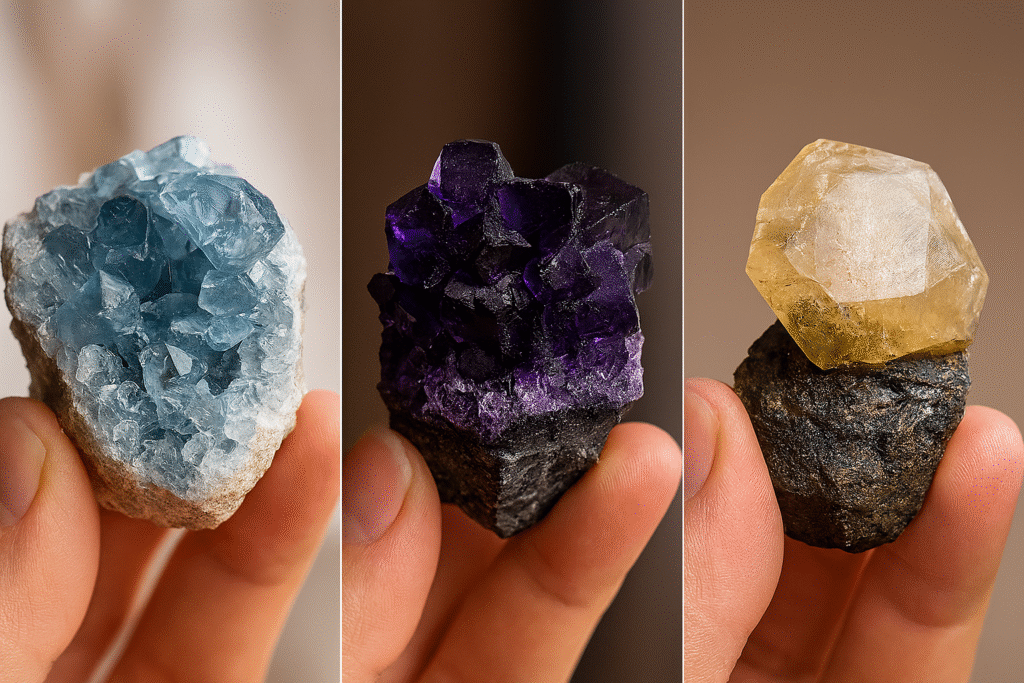Buying minerals online saves time and gives you access to dealers worldwide. But it also carries risks. Many beginners lose money because they overlook three common mistakes.
1. Relying on Bad Photography
A mineral photo can mislead you. Sellers may use strong lighting or filters to make crystals look brighter than they really are. Sometimes a photo hides cracks or chips.
Always request additional angles or a short video before sending payment. If you want to understand how light plays a role in gems, read our guide on how quartz can mimic other stones.
2. Trusting Vague Description
A listing that only says “natural mineral specimen” is not enough. You should expect:
- The mineral’s exact name
- Its locality
- Size and weight
- Disclosure of treatments or repairs
When descriptions are too broad, you risk buying something very different from what you expect. Compare this to the clarity found in our post on the skill every gemologist must master.
3. Ignoring the Return Policy
Many new collectors forget to check return terms. Some sellers offer no refunds at all. Others only allow exchanges. Always review:
- Return window (7, 14, or 30 days)
- Who pays shipping
- Conditions for refund approval
If you skip this step, you may get stuck with a specimen you don’t want. For a related case, see our article on fracture-filled gemstones and how to detect them.
Takeaway
Buying minerals online can be safe if you stay alert. Check the photos, study the description, and confirm the return policy. Doing so will protect your collection and your wallet.



